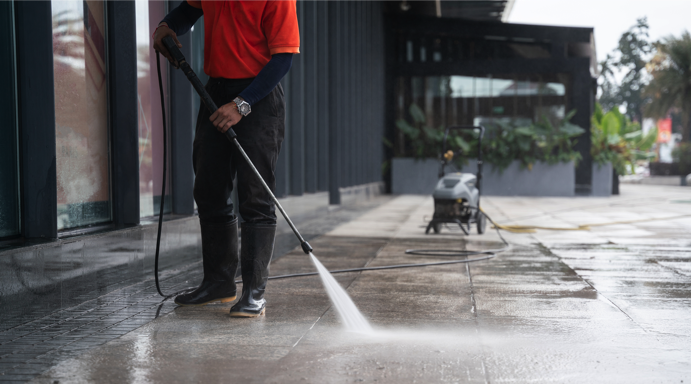Retailers have been under tremendous pressure in recent months, with ever-increasing business costs and reduced consumer spending hitting their bottom line. There are concerns that the retail downturn has already affected staff employment levels, with ABS data reportedly showing that retail employment fell by 46,000 jobs between February and May this year. What’s not clear is the extent of this impact, and whether this drop is being led by management or by staff. Research from Small Busi
l Business Loans Australia showed that almost a quarter of medium-sized business owners would immediately cut staff in the event of a recession – which, in retail, is already here.
However, the number of dissatisfied workers in Australia is on the rise, with retail crime and customer aggression making many retail settings unappealing places to work. Many staff are also being compensated poorly – with a recent study showing that retail workers are increasingly describing their financial situation as poor.
This, compounded with the growing list of underpayment scandals, is motivating people to leave the industry.
So, what’s the prognosis for retail employment moving forward, and how can retailers attract and retain staff in a challenging macroeconomic market?
“Must haves”
There appears to be a mismatch between the number of jobs available in retail and number of applicants in the current marketplace. According to Seek data, job ad volumes in the retail and consumer services industry have been declining all year, having dropped by 13 per cent between January and June.
Seek data shows that the number of job ads and applications for retail management and area manager roles has increased month to month. However, all other roles across the sector fell during this period.
Based on its internal data, Seek’s sales and services director Stephen Tuffley told Inside Retail that flexible working options were of particular importance to prospective retail workers when seeking employment prospects.
He noted that retail and consumer products workers were more likely to consider part-time work as a “must have” compared to other industries. They are also more likely to be “delighted” with this work-type.
A modern working environment was the second most important factor, followed by salary and compensation.
Tuffley added that average salaries in retail have grown by 5.8 per cent year-on-year to April, as brands across the world have been encouraged to offer retail workers a living wage.
“The good news [for retailers] is that it’s getting easier to attract staff, with applications per job ad rising for retail and consumer products roles by 70 per cent in the year to June 2023,” he said.
Real world consequences
Tuffley explained that, as retail and consumer products is an industry dependent on macroeconomic factors, it can be difficult to predict employment levels moving forward.
Pre-Covid-19, Seek would typically see an uptick in hires around now, as businesses start to prepare for a hectic Christmas and Boxing Day period. As such, hiring data will become more clear in the months ahead.
Tuffley also said that Australian spending habits have been resilient despite cost-of-living pressures, with the decline in job ad volumes within retail has not been as pronounced compared to other industries.
But Greg Griffith, National Retail Association CEO, told Inside Retail that employers were being squeezed financially at the moment – with higher overheads and the cost of labour stinging retailers.
“These kinds of large increases are always bound to lead to reductions in staff numbers or working hours, and sadly that has proven to be true in this case,” he said.
Disincentive to stay
In the small business sector, Griffith believes that business owners would be more inclined to take on additional responsibilities and work longer hours, rather than hire more staff.
He noted that the cost of hiring, as well as increases in legislative red tape, make it difficult to foresee an upswing in staffing in the near future. However, he said that training and innovation is the best way to encourage workers to enter and remain in the retail sector.
This would help workers view their position as a career, rather than a temporary entry-level job. “We know that, with unemployment at historically low levels, businesses need to find creative, innovative ways to attract and retain staff,” he said.
“The retail businesses that are succeeding in this area are investing in both the skills and the job satisfaction of their people.”
Meanwhile, Laura Good, a PhD candidate at the University of Sydney, recently told Inside Retail that job insecurity was a significant issue for workers, with high rates of casual work making it difficult for retail workers to plan ahead.
“We’ve heard from workers that the low wages offered in frontline retail work act as a disincentive to stay in the industry over the long-term, discouraging workers from aspiring to a career in retail,” Good said.







